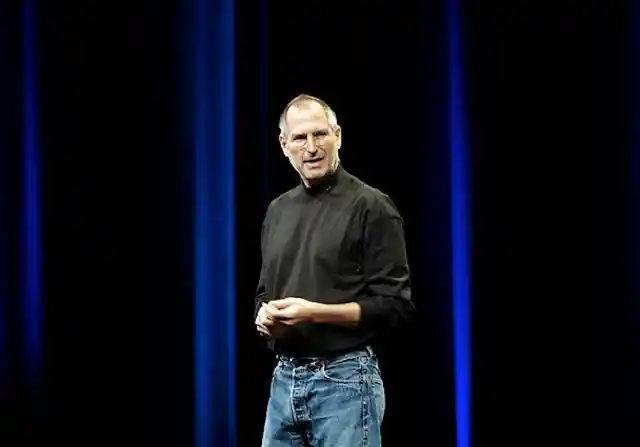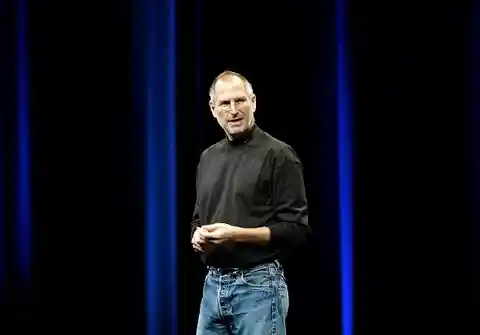Countless technological advances were achieved in the 1960s. While we don’t have Lucy (in the Sky with Diamonds) to thank for all of them, she certainly played a significant role. Tech pioneers and entrepreneurs then and now have used the substance to improve their work through expanding their minds. With psychedelic drugs, the “impossible” suddenly seemed possible…
Think about the computer-related technology used on a minute-to-minute basis today: the internet, email, smartphones. They’re so ingrained in today’s culture that their presence is almost entirely taken for granted. Advances in this type of technology, like the PC “revolution,” exploded in the ‘60s, aka the psychedelic era.
LSD Was Not Only for Hippies
Hippies weren’t all Woodstock and free love. Many young people used LSD to problem solve and dream big in the technical arena. In the ‘50s and ‘60s, a myriad of computer scientists and students called Northern California home—the birthplace of what we know today as Silicon Valley. Experimental trials were even legally conducted to prove or disprove the benefits of using LSD. Many of these trials, consisting of mostly engineers, took place in Palo Alto and Menlo Park to test LSD’s effects on scientists’ technical motivations and creations, along with its impact in the business world.
Corporate leaders publicly encouraged employees to take LSD to think out of the box for ways to better their companies (most notably, the CEO of electronics company AMPEX, who was subsequently fired). The International Foundation for Advanced Study, Stanford University Artificial Intelligence Laboratory, and Augmented Human Intellect Research Center, among others, were established to further analyze LSD’s effects on creativity. The founders of both the computer mouse and email were also said to be using LSD to fuel their creative innovations and increase productivity and capacity.


Steve Jobs Used LSD
Other famous LSD users? For one, Steve Jobs, who actually claimed that using LSD was one of the most “enlightening experiences in his life” and helped him reinvent his creative process, which in itself is today the subject of numerous books and films. Ken Kesey, a Stanford graduate, wrote the renowned novel “One Flew Over the Cuckoo’s Nest,” which was also a product of a psychedelic drug research experiment.
It’s clear the use of psychedelics was intimately entwined with Silicon Valley and computer innovations in the ‘50s, ‘60s, and early ‘70s. Even today, “micro-dosing” is a popular “subliminal” method used amongst engineers and inventors to enhance creativity. Not to mention, other benefits of psychedelics are being researched, such as treating anxiety and OCD. You’re also bound to find many a Silicon Valley worker at the annual Burning Man festival in Nevada, reminiscent of the LSD-fueled “acid test” parties popularized by members of the hippie counterculture.